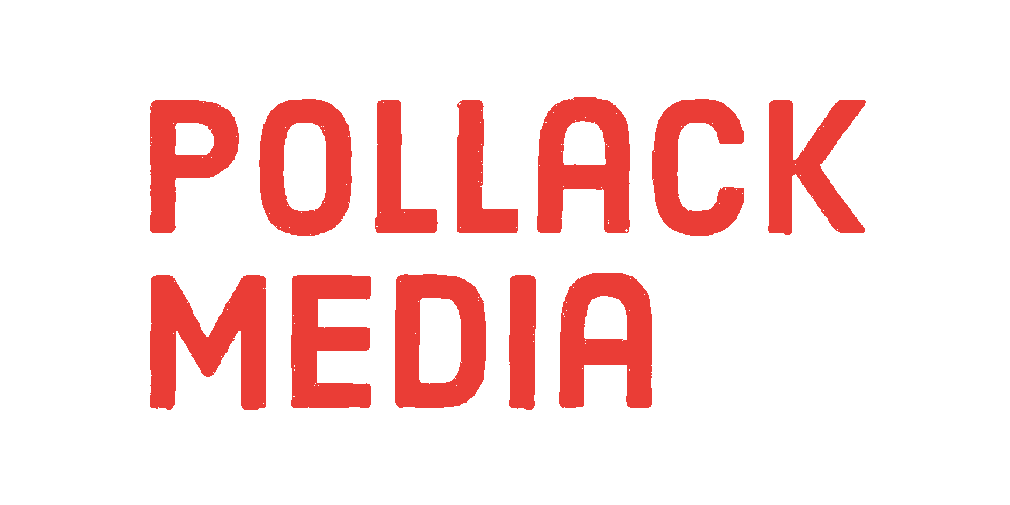Streaming music services flexed their muscles in several ways this week. First, Apple announced two moves: the launch of Apple Music on Android devices and the imminent death of Beats Music.
Apple Music has claimed 6.5 million paying customers in its first 4 months of operation, and that comes exclusively from subscribers running iOS devices. Apple Music hopes to now expand its reach significantly by making it available on the biggest rival platform. The beta version of Apple Music for Android users is now available for purchase (with a 3-month free trial) in the Google Play app store. The functionality of the app will be nearly the same as the iOS version. The exceptions are that the family membership option and Apple Connect?s music videos will not be available.
According to Apple CEO Tim Cook, the launch on a competitive platform makes sense for Apple because “We wanted it to be for everyone. We wanted people to be able to enjoy music on their iPhone, or Android phone, or Windows computer, or Apple TV. Everyone loves music.” Read more on Apple Music for the Android operating system here.
A couple of days after that launch, Apple quietly announced that Beats Music will be shut down as of November 30th. Apple Music has all the features that Beats Music did, so this move was just a question of timing. Now that the end is near, Apple promises to port all a user?s playlists and setting from Beats Music to Apple Music. TechCrunch has the rest of the Beats obituary here.
Next, rival YouTube launched its official YouTube Music app. YouTube?s app was available immediately in both the Google Play and Apple app stores. The YouTube Music app is free to download and use, but YouTube Red subscribers will have access to a number of additional features such as offline playback and ad-free listening.
YouTube Music is similar to other standard music streaming apps, with about 30 million audio tracks and the ability to search for artists, and play individual songs and albums. But according to the Verge, ?the service is also optimized to present a vast collection of additional options ? from live concert footage to karaoke tracks with embedded lyrics to instructional videos on how to play that bass line ? which don?t exist on any other music streaming service.?
Billboard got a thorough test drive and reports on the results here. The Verge did the same and gives its own favorable review.
Meanwhile, as Apple and YouTube were rolling out their new platforms, Spotify, the gold standard of streaming services, introduced a significant new feature called ?Concerts.? This feature, powered by concert tracking service Songkick, makes concert recommendations to users based on a person?s listening history, including the user?s favorite artists, as well as other concerts Spotify thinks a person will enjoy.
?Concerts? resides under the ?browse? tab in Spotify. When we tried it, Concerts recommended a range of artists with shows at various venues, dating from the next night into mid-February. Clocking through takes the user to Songkick, allowing the user to buy tickets and search for additional shows.
Finally, the financial impact of streaming was underlined this week in Universal Music Group?s 3rd Quarter financial statement. The company?s report included the nugget that streaming has achieved a milestone: 51% of UMG?s digital music revenue now comes from streaming.
– Pat Welsh
